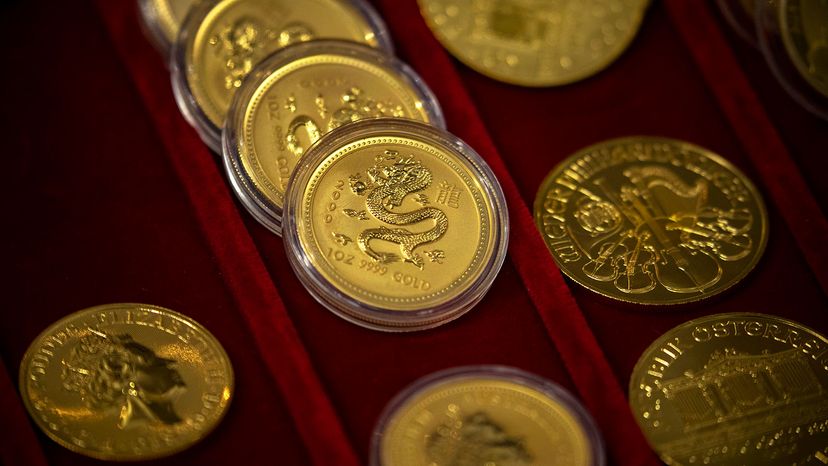
Before there were dollars or euros or yen or pesos, there was gold. For thousands of years, the beauty and scarcity of gold have made it the world's de facto currency. Gold coins were first minted in 550 B.C.E. and modern paper currencies were backed by the "gold standard" into the 20th century.
Today, investors still view gold as the ultimate "safe haven" commodity, something tangible that retains its value compared to "paper" investments like cash, stocks and bonds. That's why you'll start to see TV commercials and online ads for gold coins whenever there's fear and uncertainty about the economic future. And when demand for gold increases, the price goes up.
Advertisement
"Anytime there's market uncertainty caused by geopolitical uncertainty, you'll see gold prices rally," says Jim Wyckoff, senior markets analyst for Kitco Metals.
That helps explain why the price of gold skyrocketed in the first decade of the 21st century. At the close of 2000, when the stock market was soaring and the dot-com bubble had yet to burst, gold was trading at just $272.65 an ounce. But starting in 2001, with the economy in recession plus the 9/11 attacks, investors started buying up gold.
By August 2011, a few years into the Great Recession and a decade into the War on Terror, nervous investors pushed the price of gold to an all-time high of $1,917.90 an ounce.
Advertisement


